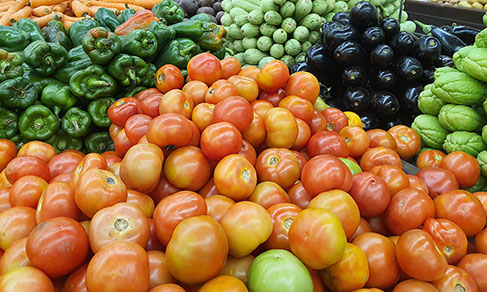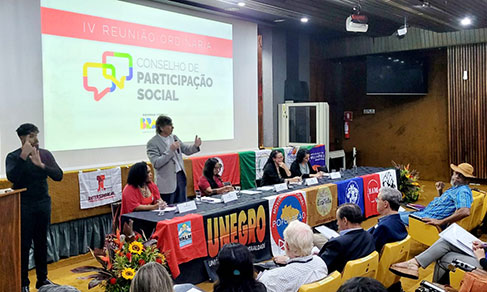Regional industry
For the first time in 8 years, output of industry falls in all the 15 areas surveyed
May 14, 2020 09h00 AM | Last Updated: May 15, 2020 02h18 PM

The Covid-19 pandemic had a direct impact on the reduction of industrial activity in the country from February to March, as shown in the Regional Monthly Survey of Industry, released today (14) by the IBGE. It is the first time in eight years that decrease is recorded in all the 15 areas surveyed, since the state of Mato Grosso became part of the survey in 2012, only. The closest result to the current one had been registered in May 2018, due to the truck driver strike, which led to the fall of industrial output in 14 of the 15 areas surveyed.
“The data of March are a direct effect of the social isolation that affected the production process in Brazil”, says the survey analyst, Bernardo Almeida. He highlights that, in the former format of the survey, with 14 areas, the only overall decrease had taken place in November 2008, as a consequence of the global financial crisis.
Responsible for more than one third (34%) of the national industry, São Paulo in March (-9.1%), with a decrease of 5.4%. That is the second negative rate in a row in the state, with a cumulative decrease of 6.6% in February and March. Two activities contributed significantly to that decrease: vehicles, one of the most relevant sectors in the state, and beverages.
The states of Rio Grande do Sul and Santa Catarina, which recorded decreases of 20.1% and 17,9%, respectively, also contributed to the reduction of the national average. Ceará, with -21.8%, accounted for the biggest decrease in absolute figures, but the seventh in terms of direct influence.
Other states also recorded significant decreases against the national average: Pará (-12.8%), Amazonas (-11%) and all the Northeast Region (-9.3%). Pernambuco (-7.2%), Espírito Santo (-6.2%), Bahia (-5.0%), Paraná (-4.9%), Mato Grosso (-4.1%), Goiás (-2.8%), Rio de Janeiro (-1.3%) and Minas Gerais (-1.2%) recorded negative figures below the average in the country.
Against March last year, industry shrank in 11 areas
In the comparison with March 2019, industry recorded a decrease of 3.8%, with reduction in 11 of the 15 areas surveyed. “The consequences of the new coronavirus pandemic are even more visible in this comparison, since the so-called 'calendar effect’ was positive in March 2020, which had 22 business days, three more than 2019”, Mr. Almeida highlights.
Once again, São Paulo exerted a great influence on the result, with 4.2% of decrease. In the state, there was decrease in 14 of the 18 areas surveyed. The negative rate was mainly pushed by the decrease of output of cars and other transportation equipment, such as the production of airplanes.
Contributions to the result also came from Santa Catarina (-15.6%), Espírito Santo (-14.2%), Rio Grande do Sul (-13.7%) and Ceará (-10.5%). On the other hand, Rio de Janeiro (9.4%) and Bahia (5.8%) recorded the most significant decreases in the comparison between March 2020 and March 2019. In Rio de Janeiro 10 of the 14 activities recorded increases.
“The result in Rio de Janeiro was mostly influenced by the increase of mining and quarrying industrial activities (crude petroleum oil and natural gas) and petroleum products and biofuels (fuel oils, liquefied petroleum gas and naphtha for petrochemical industry)”, Bernardo Almeida adds.
In Bahia, the main impacts were the increases in the activities of coke, petroleum products and biofuels, besides the positive rate of food product. Paraná (1.6%) and Pernambuco (1.4%) also recorded increase of production against March 2019.



















